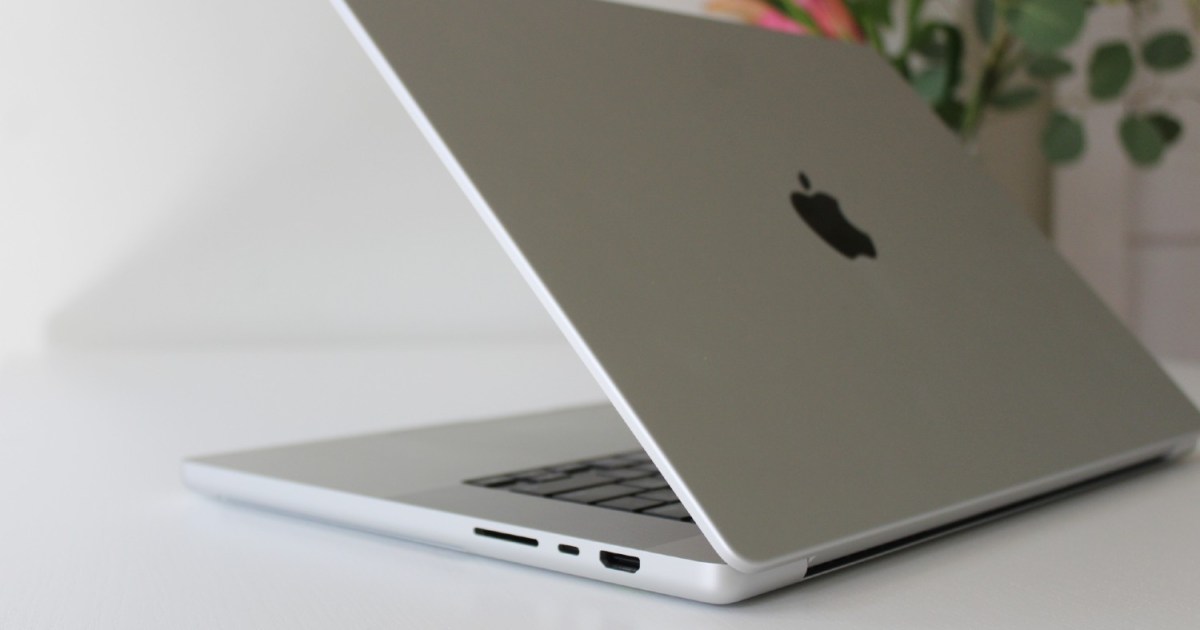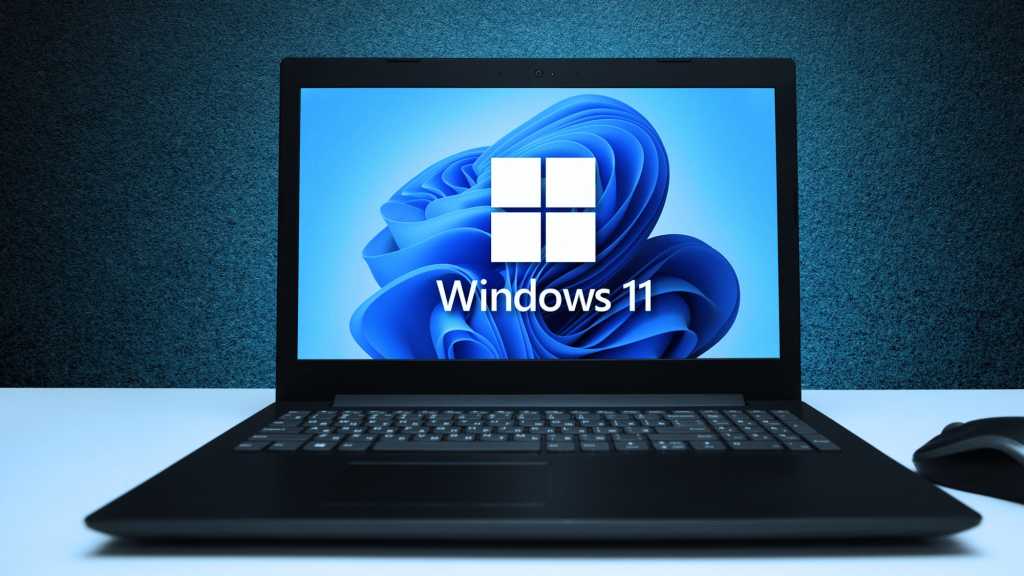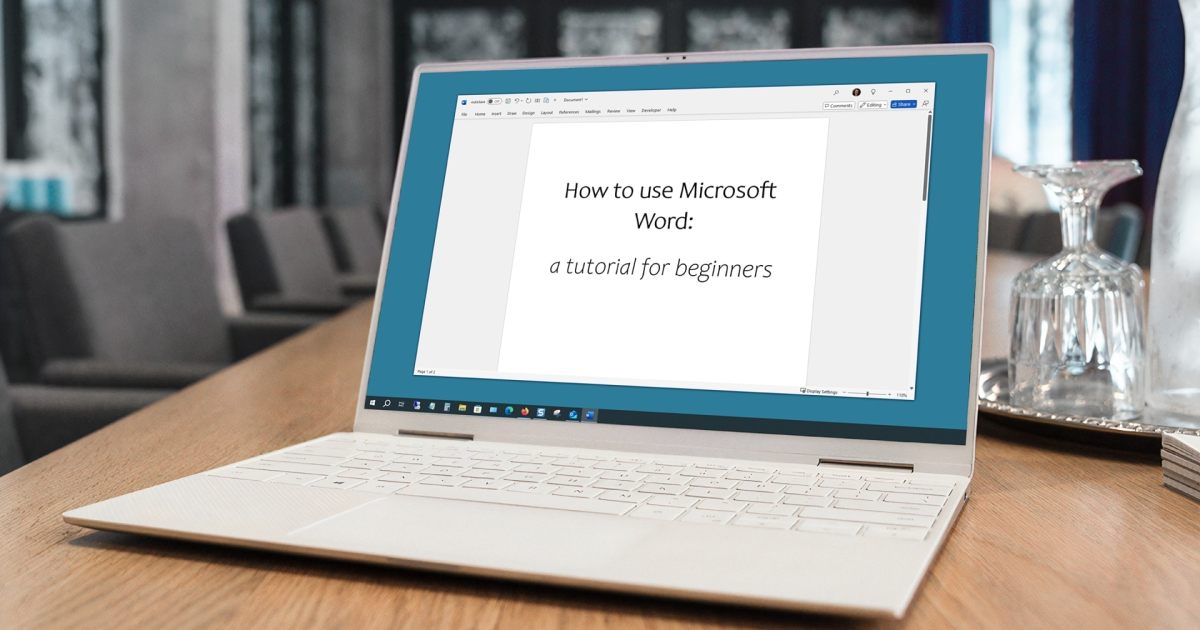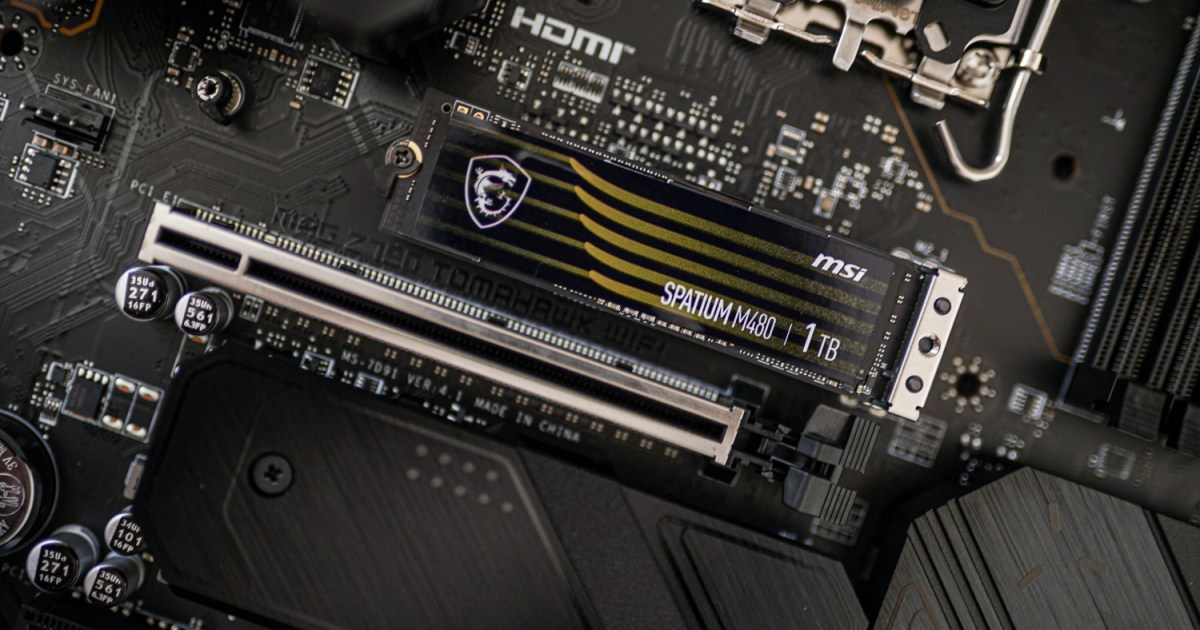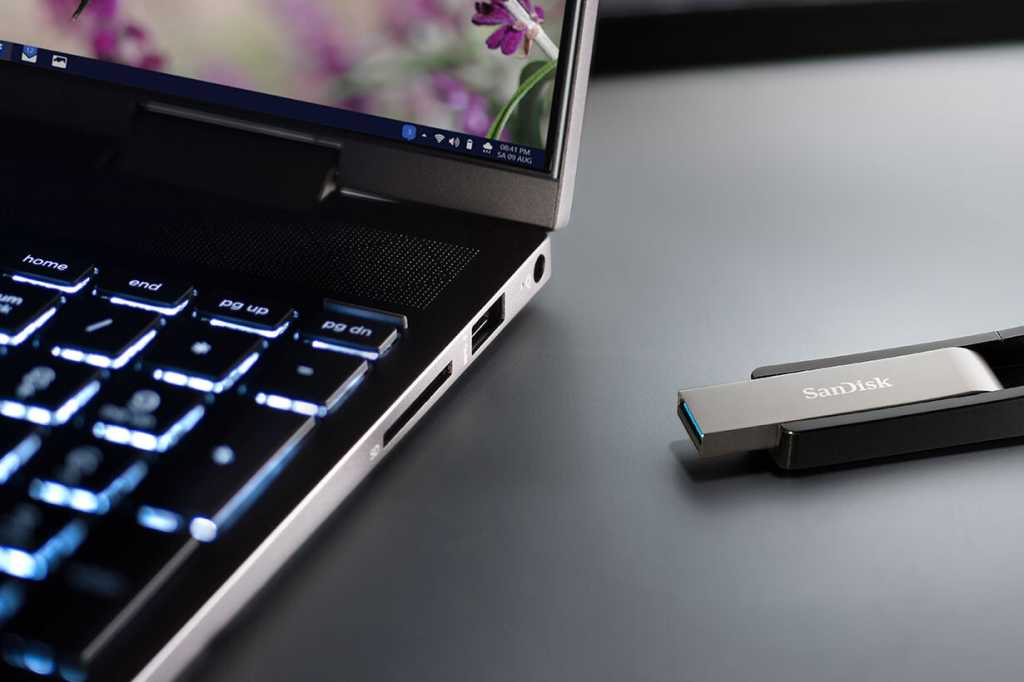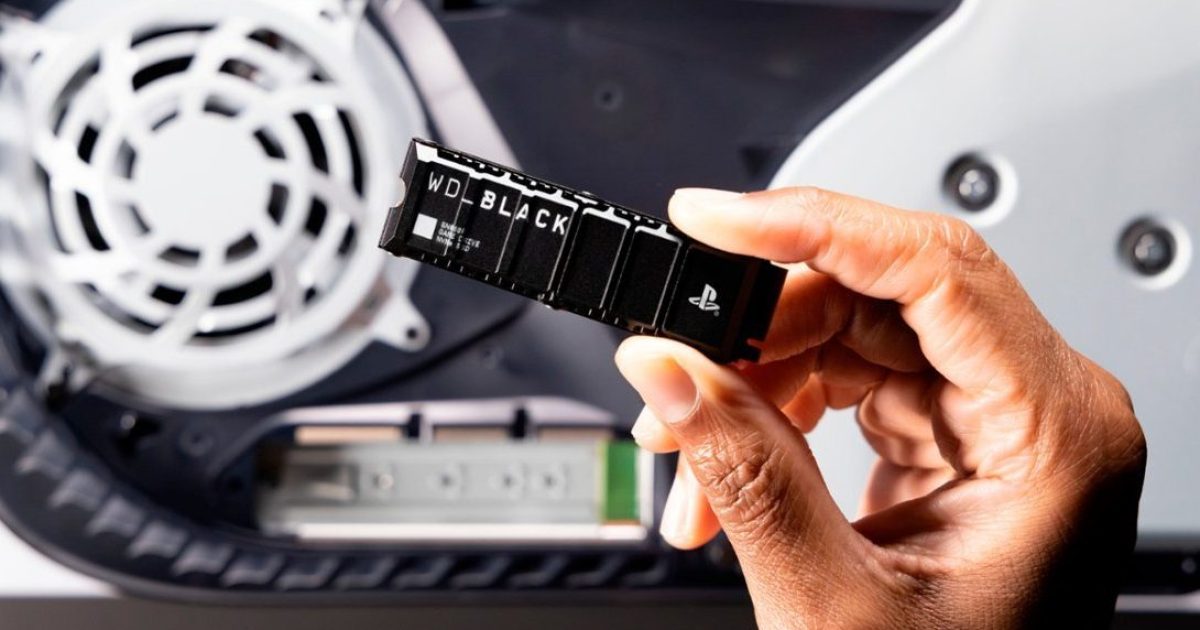Choosing a laptop can feel overwhelming with so many options available. Whether you’re a Windows devotee, a Mac enthusiast, or open to exploring alternatives like Chrome OS, there are crucial factors beyond the operating system to consider. This comprehensive guide will walk you through everything you need to know to make an informed laptop purchase in 2024, from operating systems and hardware specifications to different laptop categories and the best times to buy.
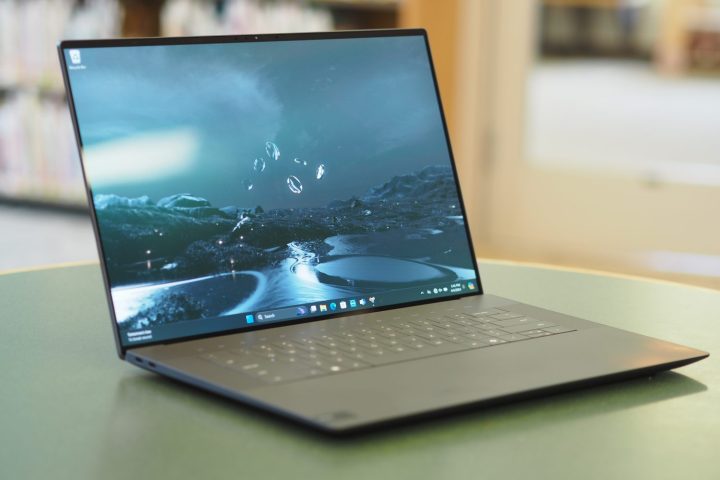 Dell XPS 16 front angled view showing display and keyboard.
Dell XPS 16 front angled view showing display and keyboard.
Choosing Your Operating System: Windows, macOS, or Chrome OS?
Your first major decision is selecting the right operating system. While Windows and macOS have long dominated the market, Chrome OS has emerged as a popular, affordable alternative. Let’s examine the key differences:
Windows: Versatility and Choice
Windows PCs offer unparalleled versatility with a vast array of manufacturers, models, and price points. From lightweight ultrabooks to powerful gaming rigs, Windows caters to diverse needs. Touchscreen functionality is readily available, even in budget-friendly models, and designs range from traditional clamshells to innovative 2-in-1 convertibles and detachables. Windows boasts an extensive software library, making it a popular choice for gaming and professional applications. The platform also receives frequent updates with new features.
macOS: Seamless Integration and Premium Design
Macs are renowned for their sleek design, user-friendly interface, and seamless integration with other Apple devices. While Macs may not always offer the highest-end specs found in some Windows PCs, their performance is optimized for everyday use. Apple’s M-series chips, like the powerful M3 and upcoming M4, deliver exceptional speed and battery life. macOS comes bundled with a suite of productivity and creative software. While Macs lack touchscreen capabilities, they can be paired with an iPad using Sidecar mode for touch input.
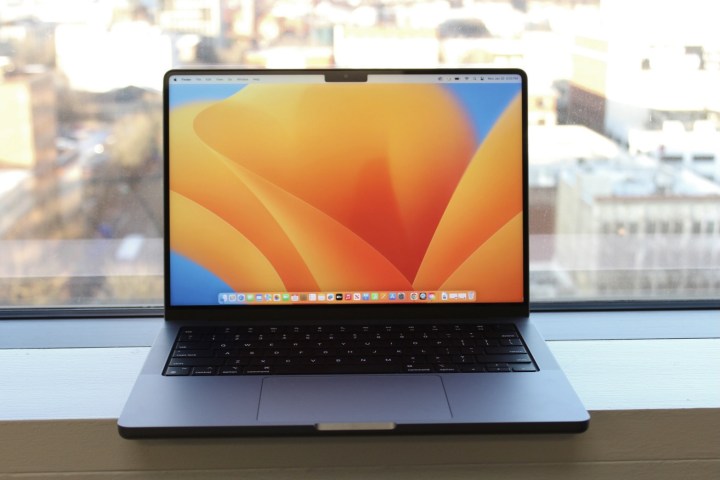 The 14-inch MacBook Pro on a window sill.
The 14-inch MacBook Pro on a window sill.
Chrome OS: Simplicity and Affordability
Chrome OS, built upon the Chrome browser, prioritizes simplicity and affordability. Chromebooks, powered by Chrome OS, are generally less expensive than Windows PCs or MacBooks. While initially focused on web-based applications, Chrome OS now supports Android apps and Linux, expanding its functionality. This versatility makes Chromebooks a great option for users seeking a secure, easy-to-manage platform.
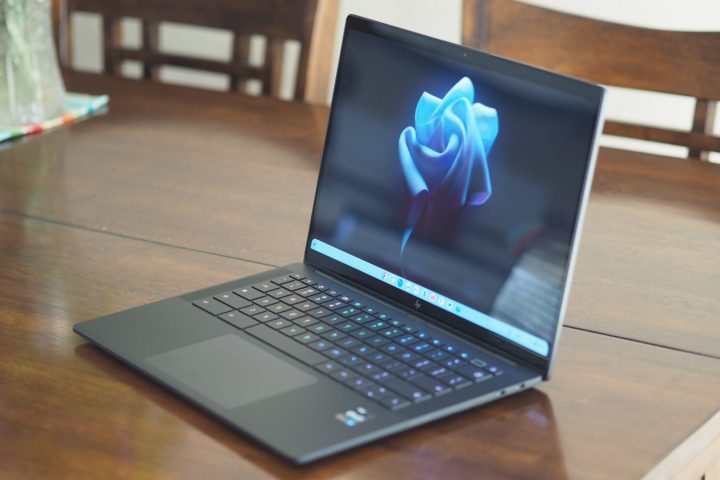
Exploring Laptop Categories
Laptops are categorized based on their intended use and target audience. Understanding these categories can help you narrow down your options:
Entry-Level (Under $500)
Budget-friendly laptops are ideal for basic tasks like browsing, email, and document creation. Chromebooks excel in this category, offering affordability and simplicity.
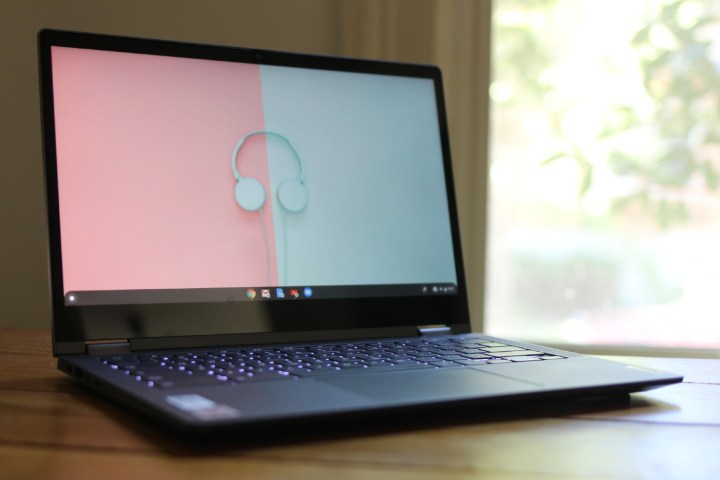 Lenovo Chromebook Flex 5 front view showing keyboard and display.
Lenovo Chromebook Flex 5 front view showing keyboard and display.
Midrange ($500-$1,500)
This price range offers the best balance of performance and affordability. Expect solid hardware, good displays, and decent battery life.
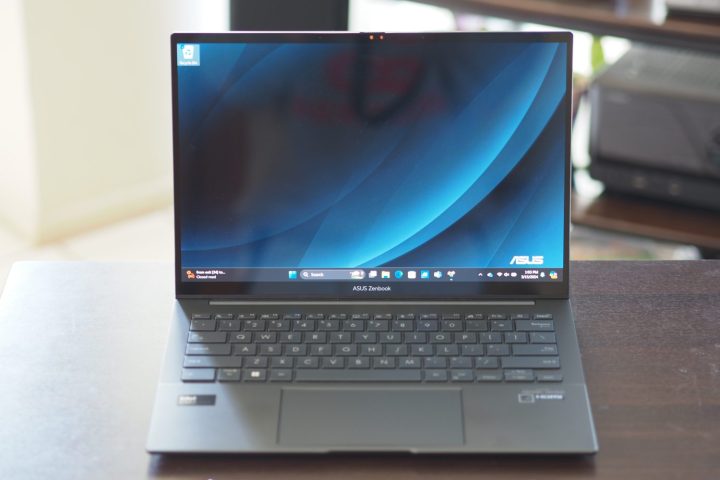 Asus Zenbook 14 Q425 front view showing display and keyboard.
Asus Zenbook 14 Q425 front view showing display and keyboard.
Premium ($1,500+)
Premium laptops offer top-tier performance, high-resolution displays, premium build quality, and long battery life.
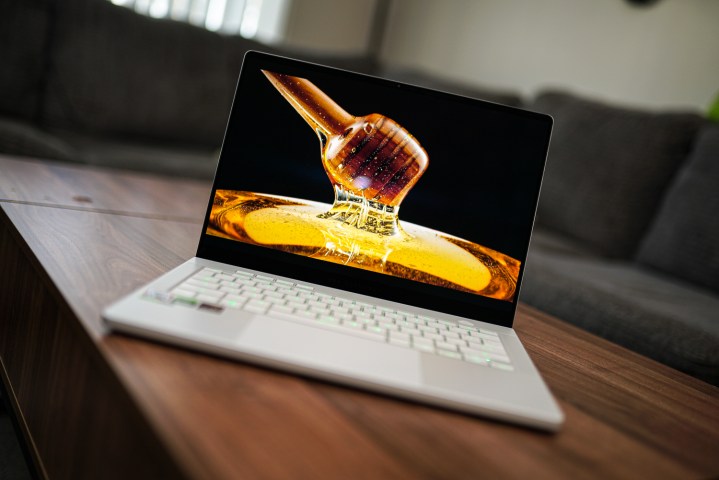 Lenovo Yoga Pro 9i 16 top down view showing display and keyboard.
Lenovo Yoga Pro 9i 16 top down view showing display and keyboard.
2-in-1s
These versatile devices combine the functionality of a laptop and a tablet, offering flexibility for various use cases.
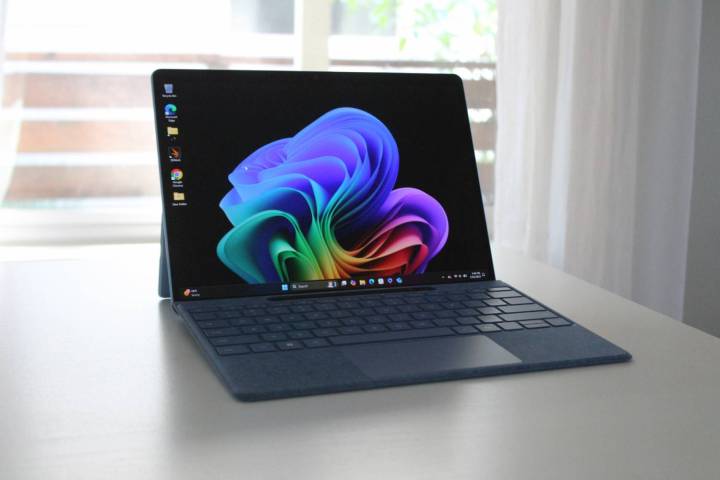 The Surface Pro 11 on a white table in front of a window.
The Surface Pro 11 on a white table in front of a window.
Ultrabooks/Ultraportables
These lightweight, compact laptops prioritize portability and battery life without sacrificing performance.
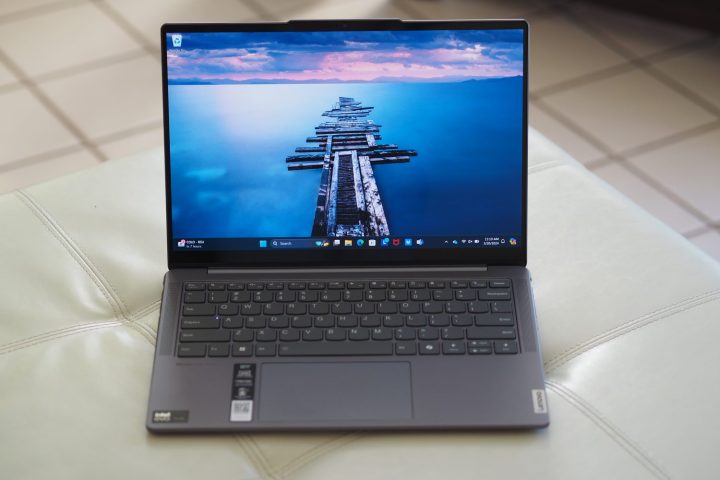 Lenovo Slim 7i Gen 9 front view showing display and keyboard.
Lenovo Slim 7i Gen 9 front view showing display and keyboard.
Business Laptops
Designed for professionals, business laptops emphasize security, durability, and long battery life.
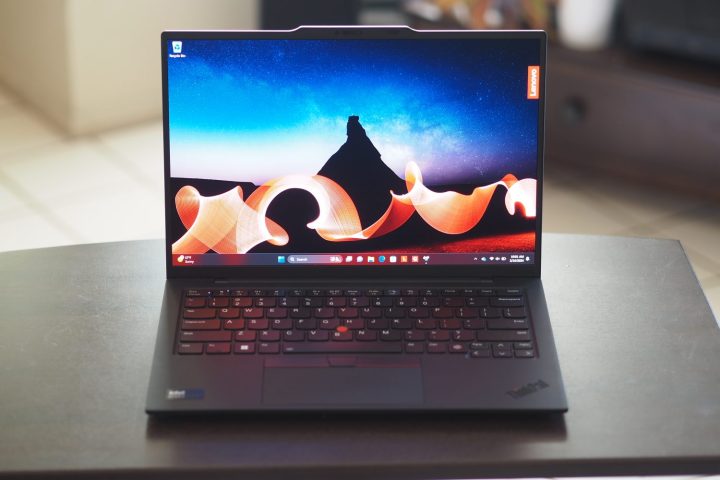 Lenovo ThinkPad X1 Carbon Gen 12 front view showing display and keyboard.
Lenovo ThinkPad X1 Carbon Gen 12 front view showing display and keyboard.
Gaming Laptops
Built for high-performance gaming, these laptops feature powerful processors, dedicated graphics cards, and high refresh rate displays.
 The Asus ROG Zephyrus G14 with an HDR demo playing on it.
The Asus ROG Zephyrus G14 with an HDR demo playing on it.
Understanding Key Hardware Specifications
CPU/Processor: The Brain of Your Laptop
The CPU handles the majority of processing tasks. Intel’s Core Ultra series, AMD’s Ryzen 8000 series, and Qualcomm’s Snapdragon X chips are among the current leading processors.
Graphics: For Visuals and Gaming
Integrated graphics are sufficient for everyday tasks, while dedicated GPUs from Nvidia and AMD are essential for gaming and demanding creative applications.
Memory (RAM): For Multitasking
16GB of RAM is recommended for most users, while 32GB or more is ideal for power users and content creators.
Storage: For Storing Your Files
SSDs (Solid State Drives) are now standard, offering significantly faster performance than traditional hard drives.
Ports: For Connectivity
Consider your connectivity needs when evaluating ports. USB-C is becoming increasingly common, offering versatile functionality, including Thunderbolt 4 support.
Displays: For Visual Clarity
Modern laptop displays offer a range of technologies, including OLED, Mini-LED, and improved IPS panels, with resolutions ranging from Full HD to 4K. Taller aspect ratios like 16:10 and 3:2 are becoming more prevalent, enhancing productivity.
Touchscreen: For Interactive Control
Touchscreens are widely available, especially in 2-in-1s. Consider whether this feature aligns with your usage habits.
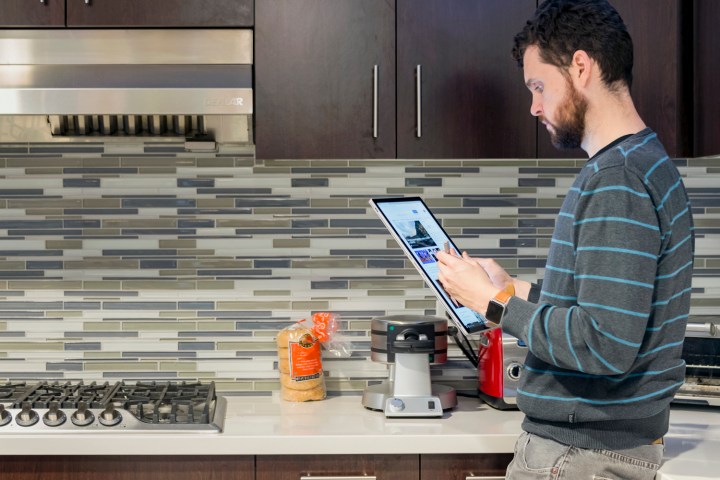
Timing Your Purchase: Finding the Best Deals
Strategic timing can help you snag a great deal on a new laptop. Key shopping periods include Black Friday/Cyber Monday, back-to-school season, and a few months after a major product release.
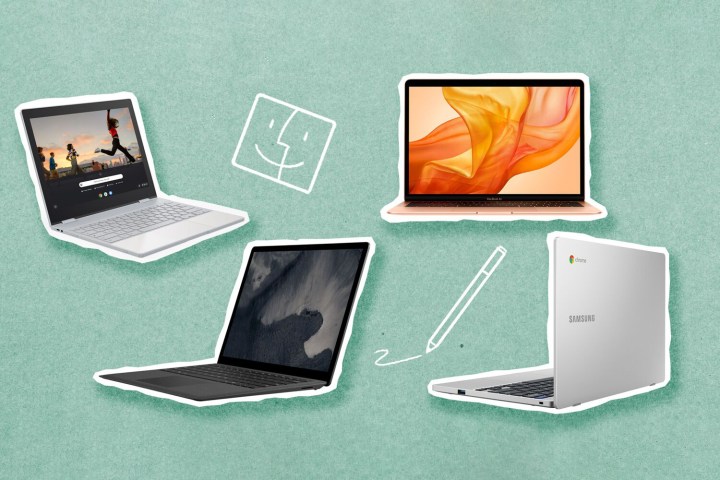
Conclusion
Choosing the right laptop requires careful consideration of your needs, budget, and desired features. By understanding the different operating systems, laptop categories, and key hardware specifications, you can make an informed decision and find the perfect laptop to suit your lifestyle.



